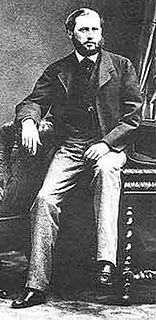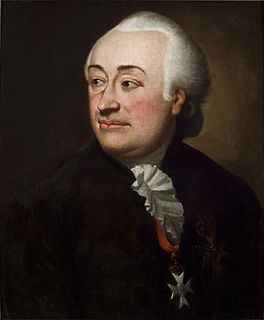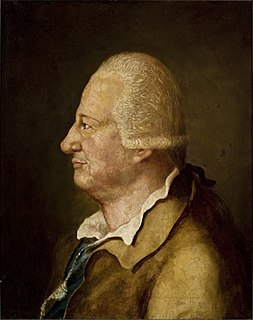This article does not cite any sources .(September 2017) (Learn how and when to remove this template message) |
| Henry Ernest, Count of Stolberg | |
|---|---|
| Born | 20 July 1593 Schwarza |
| Died | 4 April 1672 (aged 78) Ilsenburg |
| Noble family | Stolberg |
| Spouse(s) | Anna Elisabeth of Stolberg-Ortenberg |
| Father | Christopher II of Stolberg |
| Mother | Hedwig of Regenstein-Blankenberg |
Henry Ernest, Count of Stolberg (20 July 1593 in Schwarza – 4 April 1672 in Ilsenburg) was a German nobleman. He was the founder of the older main line of the House of Stolberg.

Schwarza is a municipality in the Schmalkalden-Meiningen district, Thuringia, Germany. It lies between Zella-Mehlis and Meiningen.

Ilsenburg is a town in the district of Harz, in Saxony-Anhalt in Germany. It is situated under the north foot of the Harz Mountains, at the entrance to the Ilse valley with its little river, the Ilse, a tributary of the Oker, about six 6 miles (9.7 km) north-west of the town of Wernigerode. It received town privileges in 1959. Owing to its surrounding of forests and mountains as well as its position on the edge of the Harz National Park, Ilsenburg is a popular tourist resort.
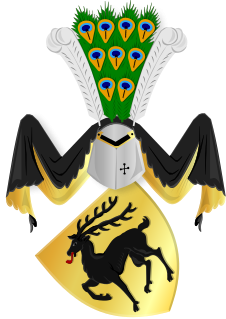
The princes and counts of Stolberg are members of a large German family of the former Holy Roman Empire's higher aristocracy. They played a significant role in feudal Germany's history and, as a mediatized dynasty, enjoyed princely privileges until the collapse of the German Empire in 1918. The house has numerous branches.
He was the eldest son of Count Christopher II of Stolberg. From 1639 to 1645, Henry Ernst and his younger brother John Martin jointly ruled the County of Stolberg. On 31 May 1645, they divided their inheritance, with Henry Ernest receiving the County of Wernigerode and Hohnsteiner Forest. He moved the residence of his county from Wernigerode to Ilsenburg.

The County of Stolberg was a county of the Holy Roman Empire located in the Harz mountain range in present-day Saxony-Anhalt, Germany. It was ruled by a branch of the House of Stolberg.
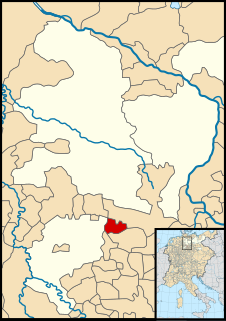
The County of Wernigerode was a state of the Holy Roman Empire which arose in the Harzgau region of the former Duchy of Saxony, at the northern foot of the Harz mountain range. The comital residence was at Wernigerode, now part of Saxony-Anhalt, Germany. The county was ruled by a branch of the House of Stolberg from 1429 until its mediatization to the Kingdom of Prussia in 1806. Nevertheless, the county remained in existence - with one short interruption - until the dissolution of the Kingdom of Prussia in 1918.

Wernigerode is a town in the district of Harz, Saxony-Anhalt, Germany. Until 2007, it was the capital of the district of Wernigerode. Its population was 35,041 in 2012.
On 2 May 1649, he married Anna Elisabeth, a daughter of Count Henry Volrad of Stolberg-Ortenberg. They had two sons, Ernest and Louis Christian, and one daughter, Anna Eleonore, who married Emmanuel, Prince of Anhalt-Köthen in Ilsenburg on 23 March 1670.
Ernest, Count of Stolberg-Ilsenburg was a German nobleman. He was an imperial count and the ruling Count of Königstein, Rochefort, Wernigerode and Hohnstein, as well as Lord of Eppstein, Münzenberg, Breuberg, Agimont, Lohra and Klettenberg

Anna Eleonore of Stolberg-Wernigerode, was a German regent; Princess of Anhalt-Köthen by marriage to Emmanuel, Prince of Anhalt-Köthen, and regent of Anhalt-Köthen during the minority of her son from 1671 until 1690.

Emmanuel of Anhalt-Köthen, was a German prince of the House of Ascania and ruler of the principality of Anhalt-Plötzkau. From 1665, he was ruler of the principality of Anhalt-Köthen.
As there was no primogeniture in Stolberg, his sons jointly inherited the county when Henry Ernest died in 1672.
Primogeniture is the right, by law or custom, of the firstborn legitimate son to inherit his parent's entire or main estate, in preference to shared inheritance among all or some children, a child other than the eldest male, a daughter, illegitimate child or a collateral relative. In some cases the estate may instead be the inheritance of the firstborn child or occasionally the firstborn daughter. The descendant of a deceased elder sibling inherits before a living younger sibling by right of substitution for the deceased heir. In the absence of any children, brothers succeed, individually, to the inheritance by seniority of age. Among siblings, sons usually inherit before daughters. In the absence of male descendants in the male-line, there are variations of primogeniture which allocate the inheritance to a daughter or a brother or, in the absence of either, to another collateral relative, in a specified order.



